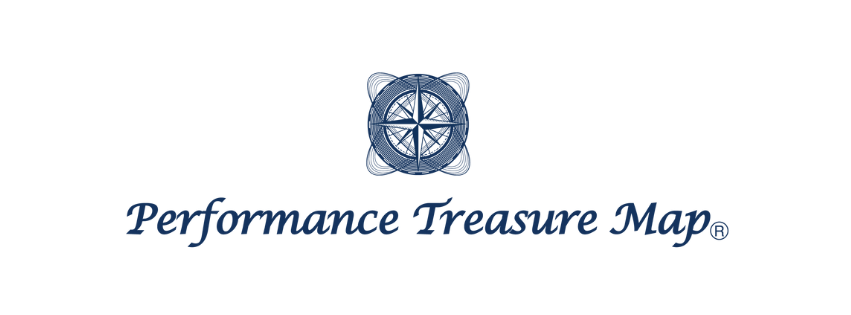Thank you for visiting this blog!
In this post, I will introduce “Corrective & Preparation Exercise,” which is the final destination of the meaningful breakdown of the Original K-Map within the Performance Treasure Map.
This time, I will explain the fourth principle you should keep in mind while introducing these exercises: “Movement Preparation“!

For past articles, please check the URL below!
▼Corrective & Preparation

▼Joint by Joint Theory【General Principle①】

▼Core【General Principle②】

▼Respiration【General Principle③】

What is Preparation?
I have a question for you:
Is this exercise a Corrective Exercise or a Preparation Exercise?
The answer is:
“It can be either a Corrective Exercise or a Preparation Exercise, depending on the individual’s physical condition.”

In my previous article “Corrective & Preparation,” I organized the definitions of Corrective Exercise and Preparation Exercise!
Even if the exercise is the same, if the client has dysfunction, it becomes a Corrective exercise to improve movement patterns for them. If there is no dysfunction, it serves as Preparation for healthy training.
The terminology and purpose differ, but the exercises themselves are the same.
However, being able to organize this allows each exercise to gain more depth!
BasicとMovement
Preparation can be further divided into two categories:
- Basic Preparation
- Movement Preparation
Basic Preparation
This assumes that the correct movement patterns have already been acquired and aims to gain the necessary mobility and stability to perform the target goal efficiently and healthily.
This corresponds to acquiring the chain of mobility and stability that the body inherently possesses, as introduced in the Joint by Joint Theory.
- Improving range of motion
- Optimizing breathing patterns
- Gaining mobility and stability
- Reflexive co-contraction of the core
Movement Preparation
This refers to exercises aimed at enhancing the quality of movement by activating muscles, proprioceptors, and the nervous system, stretching active muscle tissue, and learning movement patterns.
The “warming up” done before or during competitions falls into this category.
- General Movement
- Dynamic Stretch
- Muscle Activation
- Movement Integration
- Neural Activation
In this blog, I will mainly touch on Muscle Activation!
When performing Muscle Activation, we combine movements, directions, and difficulty levels to structure the exercises.
- Movements: ① Foot ② Hip ③ Shoulder girdle
- Directions: ① Stationary ② Linear ③ Multi-directional
- Difficulty: ① OKC (Open Kinetic Chain) ② CKC (Closed Kinetic Chain) ③ Load (e.g., mini bands)
However, it is important to consider these as one single movement rather than just activating the targeted muscle!
Simply activating the gluteus medius won’t improve knee-in during squats.
In the introduction of each exercise, I will keep this in mind while explaining the exercises, so stay tuned!
Conclusion
To enhance performance, it is crucial to perceive the program within the following hierarchy:

Among them, breathing, mobility, and stability are exercises that promote short-term responses, while strength, plyometrics, and movement are training that promotes long-term adaptations.
As trainers, we must safely and efficiently instruct clients to improve their performance.
Therefore, we must not forget the importance of exercises for breathing, mobility, and stability as preparation to enable efficient and low-burden movement.
“Methods” are countless, but “Principles” are very few.
Those who grasp the “Principles” can correctly choose their “Methods,” but those who ignore “Principles” and only attempt “Methods” will encounter problems.
(Ralph Waldo Emerson)
I have conveyed the principles for introducing exercises thus far.
If you only remember the exercises (Methods), there are infinite possibilities. However, having principles (Principles) means that if you remember them, you can organize progressions and regressions easily.
When actually prescribing exercises to clients or creating programs, each exercise will gain more depth.
Once again, let’s not be trapped by methodology and not lose sight of principles!

From the next post, I will finally introduce each exercise!
Stay tuned!
▼ For those who want to know more about PTM and K-Map, click here:
▼Original K-Map Purchase Page

This post is also available in ja.


